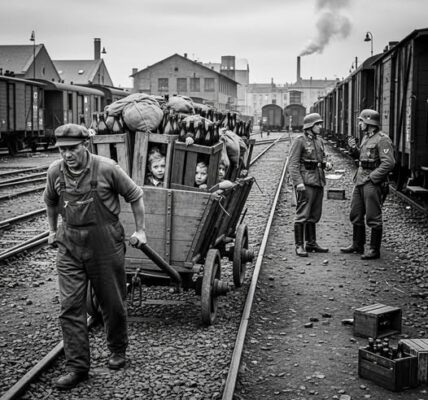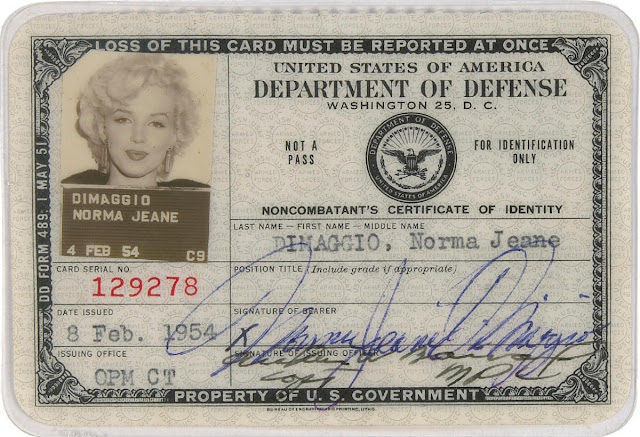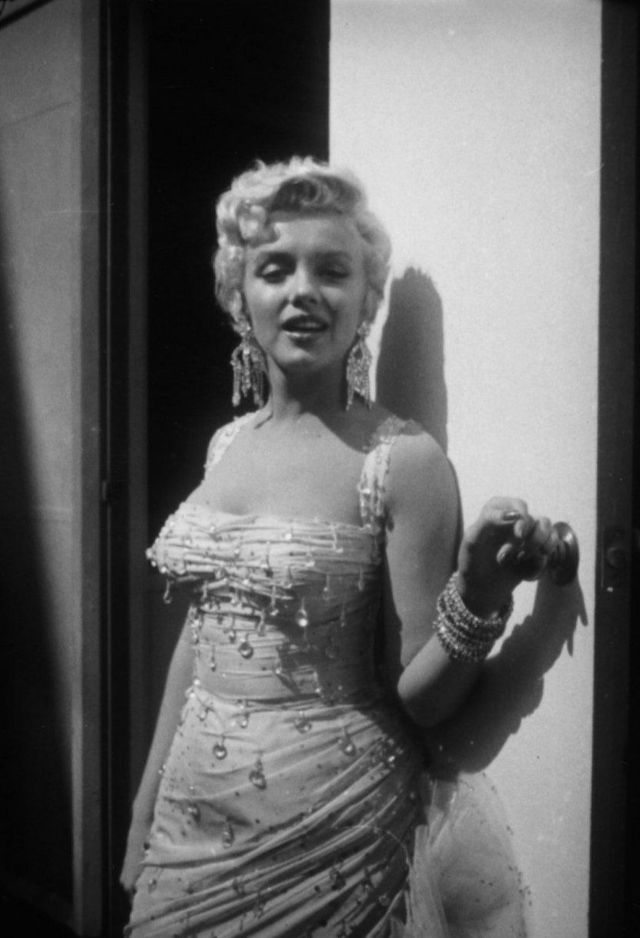The First Bed – Dachau, May 1945

In May 1945, when the gates of the Dachau camp finally opened, it was as if the outside world, long forbidden, had forced its way through the barbed wire. The survivors, their fragile bodies and lost gazes, had ceased to believe in the return of gentleness, of rest, of the simple act of lying down without fearing the sound of boots or the shouts of a guard. Liberation was not only a military victory, but a sensory and intimate shift: after years of deprivation, the bruised body rediscovered the warmth of a blanket, the softness of a mattress, the silence of a night uninterrupted by terror.
In the first days following the camp’s liberation, Allied soldiers and medical teams set up tents where rows of modest but sturdy cots were erected. Each bed represented an unexpected conquest: a space of one’s own, a promise of rest and safety. The survivors, accustomed to icy floors, hard planks, or the stifling cramped quarters of the barracks, approached these bunks as one would approach a sacred object. For them, the Second World War had not only been a question of borders and armies, but a daily struggle to preserve an ounce of human dignity in the concentration camp universe.
Miriam, one of the survivors, entered the medical tent with slow movements. Her legs trembled, not only from prolonged hunger, but also from the weight of emotion. She looked at the lined-up beds, still incredulous. Since arriving at Dachau years earlier, she had known only the cold of concrete, the bite of wood, and the humiliation of having to share her sleep with the constant fear of being awakened by screams. The simple sight of a mattress, covered with a white sheet, awakened a buried memory in her, that of a time when sleep was natural, not a privilege.
She sat up hesitantly, as if the bed might disappear beneath her, a fragile illusion in a still uncertain world. Then, slowly, she lay down. The touch of the fabric against her skin was soft, almost unreal. Her hands, trembling, clutched the thin blanket that had been placed over her. Tears welled up, silent. They were not only tears of grief, but also the expression of a relief too long held back. For the first time in years, Miriam could close her eyes without fear that sleep would be shattered by brutality.
The significance of this moment goes far beyond the individual anecdote. In the history of the liberation of the concentration camps, the most striking images are often those of broken barbed wire, striped uniforms, or emaciated faces. Yet, behind these collective representations, there are more intimate moments, where trauma collides with the possibility of respite. The bed then becomes a symbol of healing, a space for reclaiming the body.
For Holocaust survivors, every everyday object held an almost sacred dimension. Clean water, food, a bar of soap, and, here, a mattress. The bed was not just a place of rest: it embodied the promise of a night without fear, of protective warmth, of rehabilitated intimacy. In the silence of the tent, the slow breaths of those who, like Miriam, finally fell asleep without a start, resonated like a victory over oppression.
However, even in this calm, the trauma remained present. Many survivors, upon lying down, were unable to fall asleep immediately. Their bodies, conditioned by years of constant alert, would stiffen at the slightest noise. Some survivors later recounted waking with a start, convinced that guards were about to enter and beat them. The psychological trauma, imprinted on their body’s memory, prevented complete relaxation. Yet these moments, however imperfect, marked the beginning of a slow relearning process.
Miriam, in her first moments lying in bed, felt the weight of her body gradually release. She understood then that sleep, that fundamental need, was becoming possible again. And it was in this fragile surrender that she perceived the first step of her healing.
Her tears, pressed tightly against the blanket, told of everything words could not express: the loss of loved ones, the injustice of humiliations, but also the wonder of the newfound gentleness. In this contrast, the bed became a space where pain and comfort coexisted.
For the British doctors and soldiers at Dachau, these scenes were powerful. They had liberated the camp, but it was when they saw the survivors return to a bed, a hot meal, a blanket, that they truly understood the depth of dehumanization. These ordinary objects, made extraordinary by their absence, revealed how human dignity could be denied—and how it could be reborn through simple gestures.
Today, the historical memory of the liberation of the camps emphasizes the horror of Nazi crimes, but it is equally important to remember the slow reconstruction that followed. The survivors did not emerge immediately from hell. They bore deep scars in their flesh and minds. But every mattress, every blanket distributed by Allied soldiers marked a milestone on the road to recovery.

Miriam’s “First Bed” at Dachau illustrates this reality: post-traumatic recovery begins not in grand ceremonies, but in the intimacy of ordinary gestures. Resting one’s body in a safe space, closing one’s eyes without fear of dying, rediscovering the sensation of warmth—this is what silently opened the way to healing.
In the tent where dozens of survivors lay, the silence took on a new meaning. It was no longer the icy silence of the camps, laden with menace, but that of a collective rest. The steady breathing, the motionless bodies beneath the blankets, composed a fragile but essential melody: that of a return to life.
For Miriam, sleep became an unfamiliar but welcoming land. She dreamed that night for the first time in years. Her dreams, jumbled and confused, were not without pain, but they marked the return of the imaginary, of the intimate, of what had been confiscated by the concentration camp universe.
Seventy years later, when we think of Dachau, Auschwitz, or Bergen-Belsen, we often think of numbers, images of living skeletons, mass graves. But it is vital to also remember those moments of rediscovered humanity. Miriam’s cot, so modest, has become a symbol: it says that human dignity can be restored through simple objects, that healing sometimes comes from ordinary gestures.
Through this micro-narrative, we better understand that the Second World War destroyed not only lives, but also daily gestures and basic needs. And we also understand that liberation was not only a military affair, but an intimate journey towards the reappropriation of body and soul.
” The First Bed ” is not just an episode from the liberation of Dachau; it is a universal lesson. It shows that human dignity , when denied, can be reborn through simple means: a mattress, a blanket, a night without fear. This story reminds us that Holocaust survivors fought not only to stay alive, but also to regain the right to sleep, to dream, to finally be safe.
In our collective memory, it is essential to preserve these moments. For they teach us that reconstruction, after extreme trauma, always begins with the silent intersections of body, mind, and environment. Miriam’s bed at Dachau remains one of those places where history becomes intimate, and where historical memory finds its full depth.




